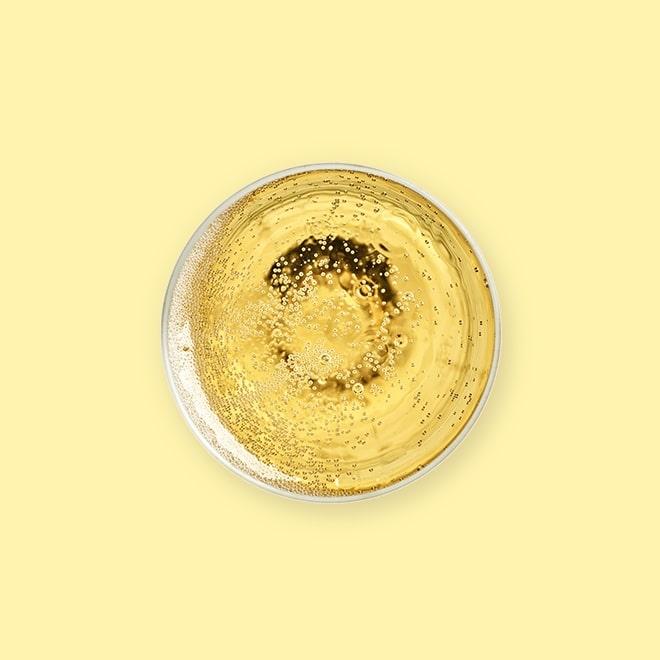Champagne




Champagne is a sparkling wine from the Champagne region of France. Champagne is subject to very strict appellation rules; from carbonation and grape sourcing to specific pressing regimes. Which is why you can’t label sparkling wine Champagne unless it was produced there under those rules. That was one of the articles of the Treaty of Versailles, which ended the first world war, and thus became international law. The United States did not sign that treaty, and until 2006 allowed U.S. vineyards to label sparkling wine Champagne, as long as it listed the origin right beside it (to prevent confusion). In 2006, changes to US tax code now prevent any wine produced in America from being labeled as Champagne.
Contrary to popular belief, Dom Perignon, a Benedictine monk and cellar master, didn’t invent champagne, but he did standardize production methods and gave it such nobility that Louis XIV drank champagne almost exclusively.
Keeping Champagne cold is they key to preventing it from going flat. Store in a cool, dark quiet place, as Champagne is very sensitive to UV light. If you have a wine fridge keep it at 55 °F and 70 percent humidity and invite us over.
We don’t know why you’d have leftover champagne, but if you do, turn it into champagne vinegar! Pour into a sterilized mason jar and cover. Store in a cool, dark place for 1-6 months, and taste until your vinegar is ready.
Champagne has its double fermentation to thank for those bubbles. After the grapes are pressed, the juice is allowed to ferment in large tanks. The wine is blended and then bottled, with the second fermentation happening in the bottle itself. A small amount of sugar and yeast is added to each bottle. As the yeast consumes the sugar, it produces carbon dioxide (bubbles!). The yeast dies, and needs to be removed. So bottles are stored upside down, ensuring the yeast particles are close to the cork, then the neck is flash frozen and the solid ice containing all of the yeast removed. A little bit of wine is then added so the bottle is full, and corked. It must rest for several months to years before it is sold.
Don't serve Champagne (especially Brut) with extremely sweet desserts. Champagne does its best when paired with fats and salts. Keep in mind the tactile experience the bubbles can create.
For a heavy red meat a fine champagne with tiny bubbles will cleanse the palate with each sip.
Because champagne is made with red grapes as well as white grapes, it contains the antioxidant benefits of red wine. One antioxidant in red grapes, resveratrol, has been shown to protect your blood vessels and prevents clots.
Champagne contains less calories than both red and white wine.
Corrections or improvements? Email us at
content@sidechef.com